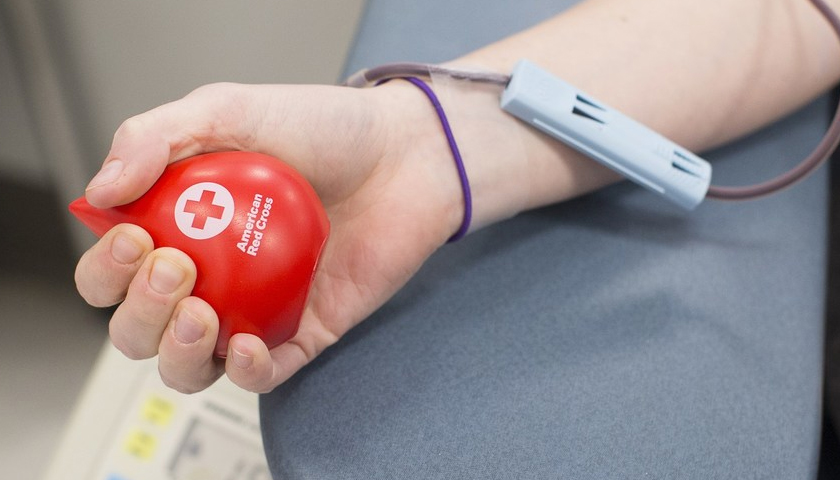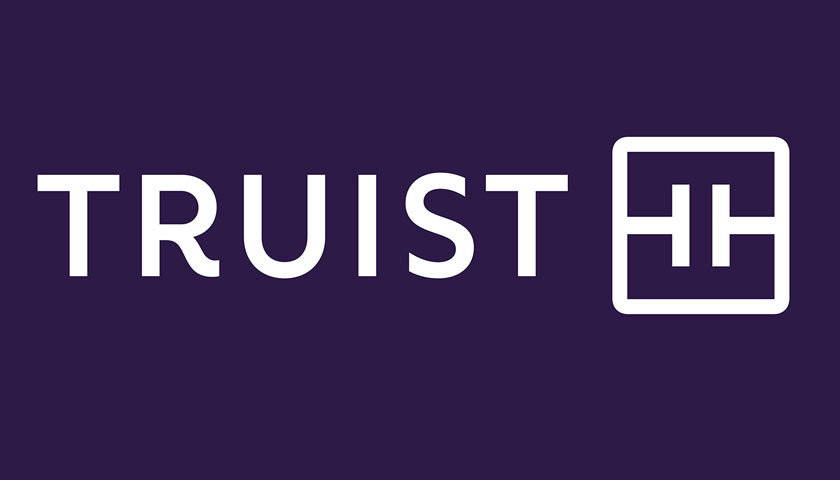This past summer, the Missing Types campaign by the American Red Cross motivated more than 320,000 new and former blood donors to roll up a sleeve and help save lives. The Missing Types movement helped the A’s, B’s and O’s – which make up the main blood groups – reappear on hospital shelves for patients in need.
The Red Cross‘ launch of the Missing Types campaign generated greater awareness and appreciation for the vital role blood donors and donations play in the lives of patients from coast to coast. With the help of 37 lead and supporting corporate partners and 16 media partners, the letters A, B and O disappeared from iconic brand logos, social media pages and websites from June 9 through July 3. Additionally, approximately 2,000 other local and national organizations participated, causing the public to take notice and make life-saving blood donations. In fact, during the first three weeks of the campaign, the Red Cross saw online blood appointments grow by an impressive 34 percent over the same time period a year ago. More specifically, donation appointments from new donors grew by 70 percent during the same time period.
“The Missing Types campaign allowed the Red Cross to take a non-traditional approach to sharing our message about the importance of blood donation, but more importantly motivated people to come in and donate,” said Chris Hrouda, President of Biomedical Services at the American Red Cross. “Unfortunately, many people only think to donate during or after an emergency. But the need for blood is constant. In the United States, there is a blood emergency for some person, a family, or a patient, every two seconds.”
The Missing Types campaign harnessed the power of digital and social media influencers and paired it with tried-and-true traditional media tactics to highlight how different the world would be without the three critical letters A, B and O. Clearly the message was heard. Without critical blood donations, blood does go missing from hospital shelves, and patients who depend on lifesaving transfusions are unable to get the care they need.
Continuing the momentum
Despite an encouraging increase in new blood donors resulting from the campaign, the need for blood remains constant. The Red Cross encourages all eligible blood donors to commit to donating regularly to help patients like Tymia McCullough and others at approximately 2,600 hospitals and transfusion centers across the country.
Continue the #MissingType movement today—make an appointment to give blood by visiting RedCrossBlood.org, using the Red Cross Blood Donor App or calling 1-800-REDCROSS (1-800-733-2767). All blood types are needed.
The Red Cross appreciates the support of its lead partners who joined the #MissingType campaign, including: Adobe, Anheuser-Busch, AvalonBay Communities, Inc., Domino’s, Dropbox, Google, IBM, Land O’Lakes, Inc., Mastercard, Nationwide, Neiman Marcus, The New York Yankees, Oreo, PayPal, Salesforce, State Farm®, Sunoco and U.S. Bank.
Blood donation information
Individuals who are 17 years of age in most states (16 with parental consent where allowed by state law), weigh at least 110 pounds and are in generally good health may be eligible to donate blood. High school students and other donors 18 years of age and younger also have to meet certain height and weight requirements. A blood donor card or driver’s license or two other forms of identification are required at check-in.
Blood and platelet donors can save time at their next donation by using RapidPass® to complete their pre-donation reading and health history questionnaire online, on the day of their donation, before arriving at the blood drive. To get started, follow the instructions at RedCrossBlood.org/RapidPass or use the Red Cross Blood Donor App.


